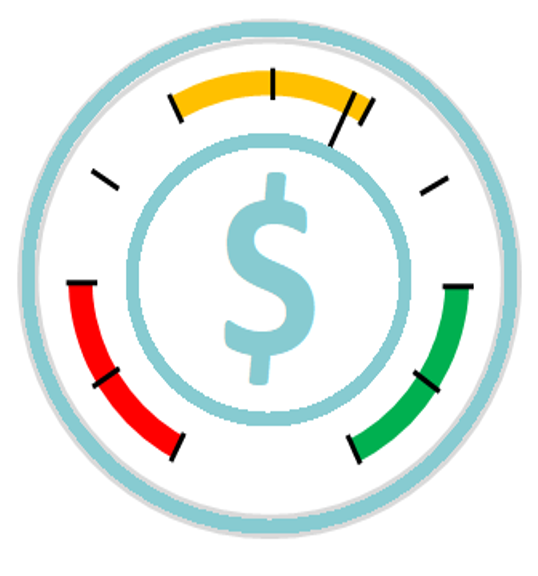Sustainable financing for health
About
One of the most effective ways to reach the SDG3 targets is to rapidly improve the generation, allocation, and use of public and pooled funds for health. There is a recognition among the participating agencies, of the need to support countries to increase public spending in health to move towards UHC, and the importance of a sustained positive trend for the growth in external development assistance for health.
The participating agencies are committed to:
- Enhance support for countries to mobilize adequate and sustainable revenues for achieving the health-related SDGs.
- Ensure no-one is left behind, through support for countries to implement pro-poor and pro-health fiscal policies.
- Work better to align development assistance for health (DAH) with national priorities, use it to leverage more funds for health, and support maximizing the impact of existing domestic resources.
- Learn from and share past and existing efforts to support a country-driven health financing agenda that is consistent with the evidence on what works and does not work when seeking progress towards UHC.1

Critical challenges in health financing
Persistent challenges around sustainable financing for health remain across many LMICs and LICs:
Future Transition from donor financing for priority disease programs risk, financial and programmatic sustainability. Lack of investment in public goods such as epidemic and pandemic preparedness and inability of redeployment of donor resources for emergencies. Over-reliance of health sector on Development Assistance for Health (DAH) in LICs which is displacing Domestic Health Spending.
Inefficient and inequitable health spending – 20-40% of Global Health spending is inefficient. Insufficient funds for health to achieve and sustain SDG3 targets and UHC in LICs and LMICs. Low domestic government spending on health due to low domestically revenue mobilization, sub-optimal tax systems, and low prioritization for health.
High reliance on out of pocket spending (OOPS) – Around 100 Million people each year are forced into extreme poverty from OOPS
Who we are
The GAP SFHA is comprised of 6 members agencies as well as partners, affiliates and donor agencies.
The following agencies are represented:
Co-Leads: The Global Fund (GF); GAVI, The Vaccine Alliance; and World Bank.
Other Members: World Health Organisation (WHO); Global Financing Facility (GFF) and International Labour Organisation (ILO).
Bill and Melina Gates Foundation (BMGF) is engaged as a donor.
Partners:
Designated representatives from United Nations Children's Fund (UNICEF), United Nations Development Programme (UNDP), and The Joint United Nations Programme on HIV/AIDS (UNAIDS), Providing for Health (P4H), Norwegian Agency for Development Cooperation (Norad), German Agency for International Cooperation / German Federal Ministry for Economic Cooperation and Development (GIZ/BMZ), Department for International Development (DfID); European Union (EU). 4
Our principles
Building on previously stated principles of effective development cooperation and in compliance with existing declarations on aid effectiveness.
Several principles inform the accelerators approach to support rapidly increase the available funds for health, and the efficiency and equity of their use:
- Support a country led, demand driven and evidence informed agenda on sustainable financing for health.
- Foster an open and inclusive dialogue at the country, regional and international level.
- Leverage the existing multitude of development partnerships including existing health financing coordination platforms.5
Themes and core objectives of the SFHA
The accelerator is structured around three key themes:
- More money for health (Domestic Resource Mobilization (DRM))
- More health for the money (Value for money (VfM))
- Efficient Development Cooperation (EDC)
And operates around these core objectives:
- To highlight what is already happening on health financing collaboration between the member organisations
- To address institutional health financing alignment issues within the member organisations, impeding in-country work
- To jointly address in country political blockages related to health financing
- To organise joint technical work related to health financing
Resources and news/updates
Resources, tools and news update: SFHA work products
- UHC 2030 blog on COVID-19 (here)
- Documents and video recordings from the DLI course
- Audio Recording: DLI Course Podcas
- Video Recording: Dropbox
- Presentations:
- Documents and video recordings from the PBF course (here)
- Report of May 28, 2020 Oslo meeting on Health Taxes (here)
- COVID-19 Health Funding Overview (as at June 26th2020) (here)
- COVID-19 Related Health Financing Activities (here)
- Documents of the CSO Opening Webinar Synthesis (here)
Resources, tools and news update: SFHA work products
- UHC 2030 blog on transition – Maria /WHO
- SFHA joint PFM policy note – Sirini/WB and Helen/WHO
- Report from the Cross Programmatic Efficiency Analyses performed in the SFHA focus countries – SFHA Focus Country Rapporteurs
- Report of Joint Learning Network Seminar on Health Taxes – Michael/GF
- Lao case study – Breshna/Gavi
(P.S.: List of documents in italics are suggested uploads and actual documentation to be provided to us by the corresponding agency.)
Resources from SFHA Agencies
- WHO Health Financing Diagnostics & Guidance No2: A System Approach to Analyzing Efficiency Across Health Programmes (here).
- WHO: How to budget for COVID-19 response? A Rapid Scan of Budgetary Mechanism in Highly Affected Countries (here)
- WHO: From Overall Fiscal Space to Budgetary Space for Health: Connecting Public Financial Management to Resource Mobilization in the Era of COVID-19 (here)
- WHO joint statement on Fiscal Space Analyses – Joe and Helen/WHO
- The GFF Resource Mapping and Expenditure Tracking (RMET) Tool – Ellen/GFF
- WB: Joint analytics on macroeconomic fiscal impact on COVIF 19 at the global and regional level (Asia) – Ajay/WB
(P.S.: List of documents in italics are suggested uploads and actual documentation to be provided to us by the corresponding agency.)
